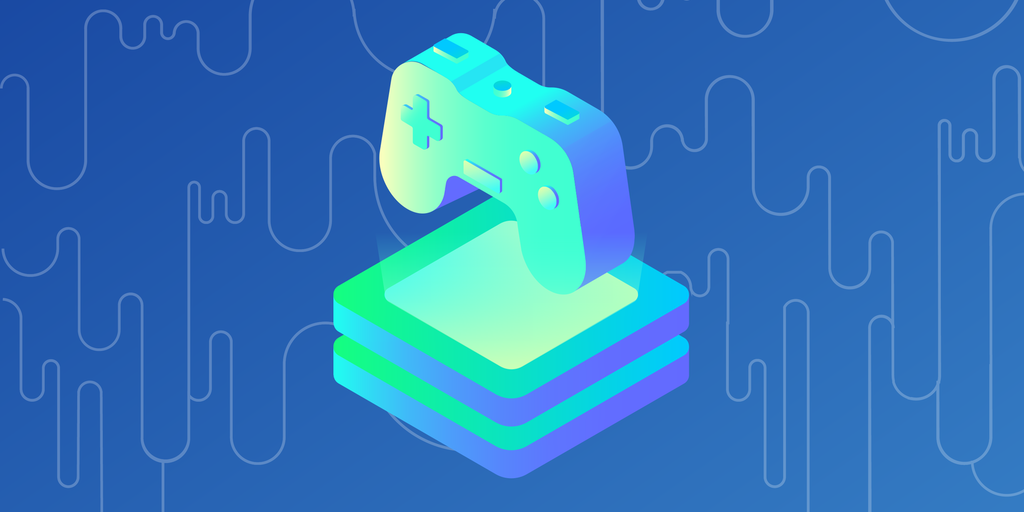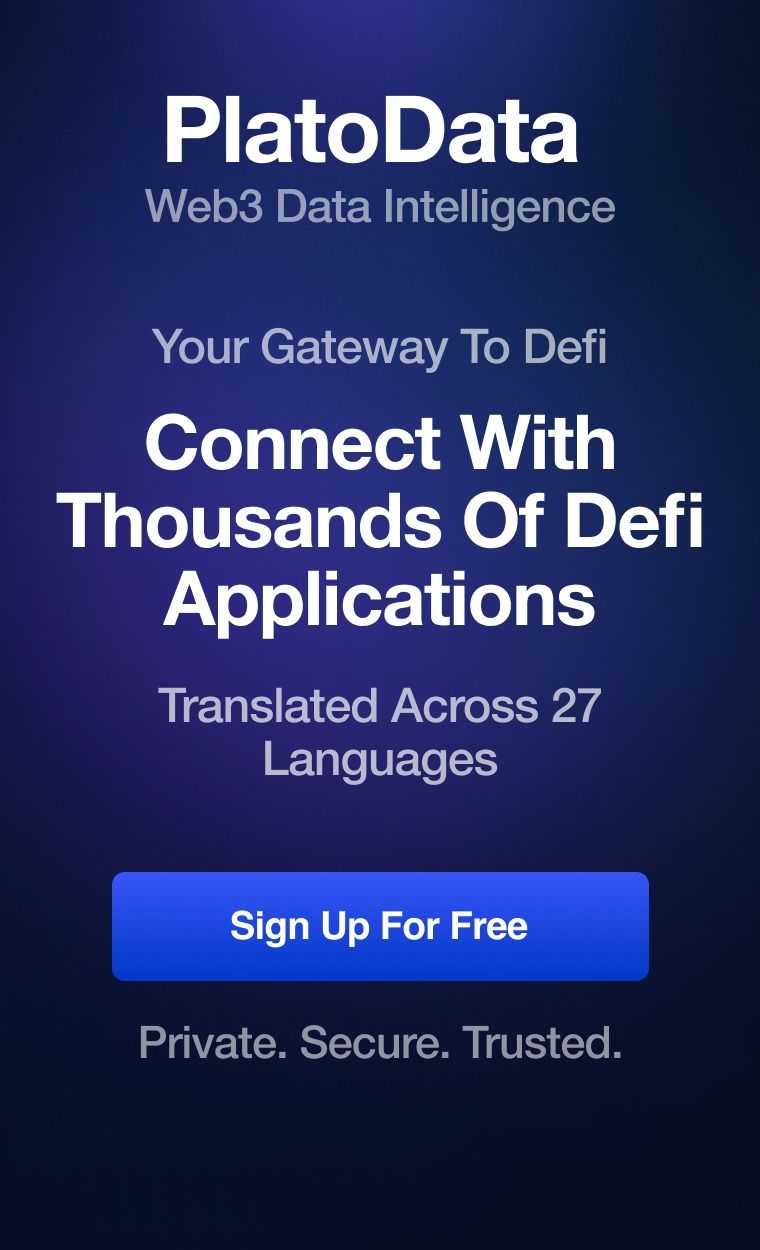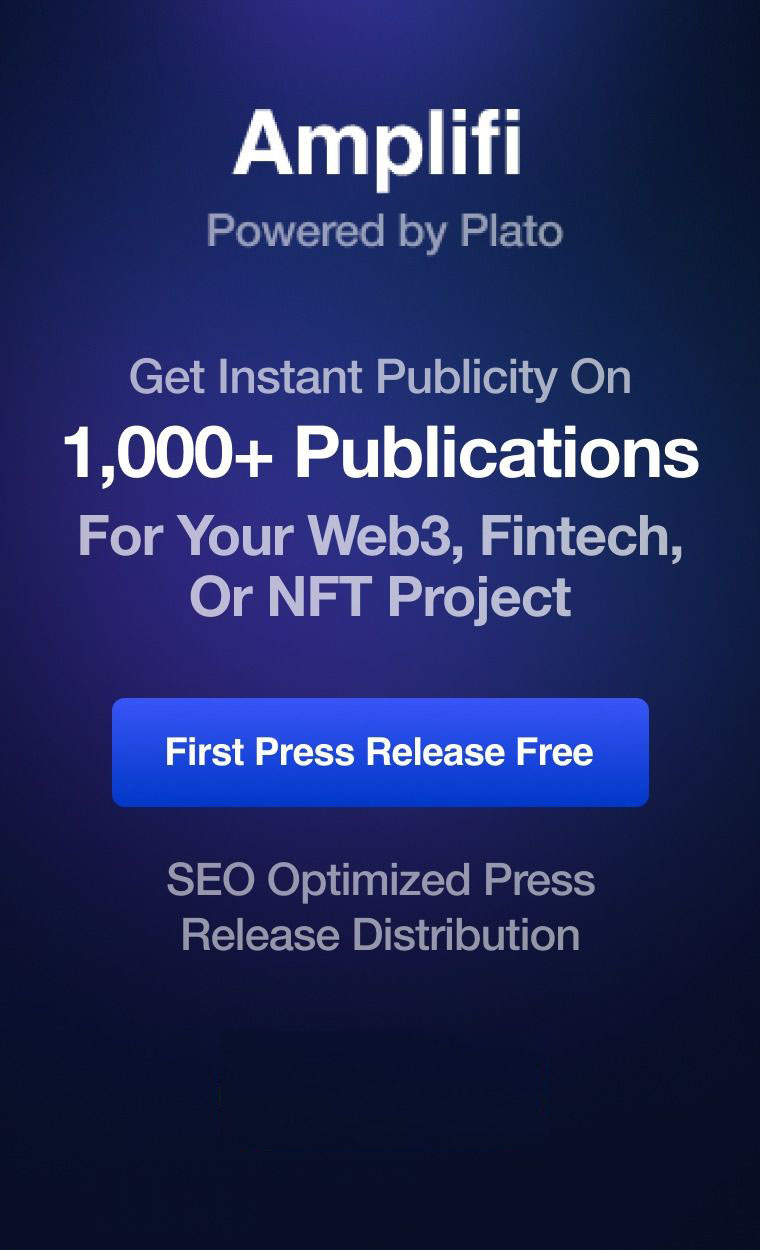
Gaming-focused layer-1 blockchain Saga Protocol has made a name for itself in recent months with an airdrop campaign. This led to a record-breaking $13.4 billion staked on Binance to earn SAGA token rewards, followed by the actual mainnet launch and token debut on April 9.
With all this hype, it can be easy to miss the details of how everything works. But don’t worry, here at Decrypt’s GG we’ve been carefully watching and reading up on lore. Here’s what you need to know, and a look at what comes next.
What is Saga?
Saga is a “layer-1 to launch layer-1s“, Saga CEO and co-founder Rebecca Liao explained in a Twitter (aka X) video. “There is no such thing as launching directly on Saga mainnet.”
Instead, developers will use Saga to launch their own chain (called a chainlet) or a set of chains. These chainlets can be used in parallel to power decentralized apps (dapps) or support apps on other chainlets within the Saga network. This is called horizontal scaling, which Liao claims means projects can “infinitely scale”.
There are currently over 350 projects—or “innovators” as Saga calls them—building in the ecosystem. Saga is technically not a gaming-exclusive network, but the vast majority of projects being built on the network involve gaming in some way with around 80% of projects on the testnet being gaming-related.
Announcing the final cohort of Saga Innovators before mainnet launch.
350+ projects have now joined the Saga Innovator program!
A special thank you goes out to all the builders who have joined alongside us on this journey.https://t.co/DrcpxQ2Lv8 pic.twitter.com/Jr9QxfnY7w
— Saga ⛋ (@Sagaxyz__) April 5, 2024
What is the SAGA token?
The SAGA token was launched on April 9 and listed on Binance on day one. This follows Saga declaring that the project’s Launchpool campaign had broken the $13 billion mark. Binance Launchpool promotions offer up soon-to-launch tokens to customers who stake other cryptocurrencies—in this case Binance Coin (BNB) and the FDUSD stablecoin.
Decrypt‘s own analysis of past Launchpool campaigns suggests that Saga was the first project to break the $13 billion barrier, with ENA and ETHFI coming close. While the token has been a great incentive to get people interested in the project, turning them into “Saganauts,” there is a real purpose behind SAGA.
Anyone who has ever used cryptocurrency understands the pains of transaction fees. In the Saga litepaper, the current model is likened to someone grabbing an Uber and paying Amazon for hosting the Uber app—it just doesn’t make sense! Therefore, Saga puts the fee burden on developers, paid using the SAGA token.
Developers are expected to pay a deposit of SAGA tokens in exchange for computing power, and as the deposit diminishes, the developer must think of how it will fund more computing power. They can choose to make users pay a fee with each transaction or explore alternative option such as a subscription, ad-based, or freemium models.
SAGA will have an initial circulating supply of 90 million tokens (or 9% of the total supply), and half of that was offered to the over 500,000 Launchpool participants that ultimately staked their coins.
How did play-to-airdrop work?
In December, Saga began its “play-to-airdrop” competition campaign which incentivized gamers to try out the projects on the Saga testnet. At the time, it was themed around the Christmas holidays but the campaign ran into the early months of 2024 without the festivities.
Saga spotlighted a range of games on the testnet like the action role-playing game Rogue Nation, the fantasy-themed Generative Dungeon, and the Pokémon Go-esque location game Vennity. Gamers that topped each game’s leaderboard at the end of the competitions were rewarded with SAGA tokens.
It is worth noting, however, that this was subject to location as some parts of the world (including the United States) could not claim the airdrop. Saga released an eligibility guide that detailed who could and could not claim the airdrop before the window closed in late March.
While the majority of games featured in this campaign were on the Saga test network, some games on other chains—including Avalanche-based shooter Shrapnel—were also featured in play-to-airdrop competitions as Saga aimed to attract more users.
What is Saga Origins?
As the airdrop campaign came to a close in March, Saga announced a game publishing division called Saga Origins.
Despite having no games announced, the publishing arm promises to offer a “full service and collaborative approach” to bringing games to market. This includes user acquisition, community building, and promotional efforts. Saga Origins claims to be “first and only layer-1 Web3 game publisher,” though there have been layer-2 publishers (see: Immutable on Ethereum).
“Saga Origins is our love letter to the developers building games in Web3,” Liao said in a release. “While the onus of bringing users to the platforms often falls on the game developers, we want to buck that convention and use our platform to bring users to the games instead.”
In an interview with Decrypt‘s GG, Liao shared how Saga Origins is approaching game selection, with a focus on more mature games that break from the broadly colorful, all-ages fare we’ve often seen in the crypto world (with exceptions, of course). Saga will publish games that are “provocative, expansive, [and] uncompromising.”
“A lot of the games that we have been looking at, and certainly the games that we signed so far, are definitely mature content. And we wanted to make sure that there is a home for that,” Liao told Decrypt. “I think in Web3, most of the games are ‘E for Everyone.’ So this is just a different look for audiences.”
The future
What’s next, beyond deployment of games and the rollout of Saga Origins? Even more rewards.
Saga is planning another round of airdrop rewards around the theme of “loyalty,” much like the earlier wave, with Liao saying that unclaimed tokens from the first round will be rolled over towards future initiatives.
Furthermore, Saga is teaming up with as-yet-unconfirmed ecosystem partners to deliver even more benefits for users who stake their tokens. “Saga will airdrop confirmed loot boxes of over 100 of their partner’s tokens to Saga stakers on a regular cadence,” a press release reads.
Edited by Andrew Hayward
Editor’s note: This story was originally published on April 8, 2024 and last updated with new details on April 12.
Stay on top of crypto news, get daily updates in your inbox.
- SEO Powered Content & PR Distribution. Get Amplified Today.
- PlatoData.Network Vertical Generative Ai. Empower Yourself. Access Here.
- PlatoAiStream. Web3 Intelligence. Knowledge Amplified. Access Here.
- PlatoESG. Carbon, CleanTech, Energy, Environment, Solar, Waste Management. Access Here.
- PlatoHealth. Biotech and Clinical Trials Intelligence. Access Here.
- Source: https://decrypt.co/resources/what-is-saga-gaming-network-airdrop-token-launch



